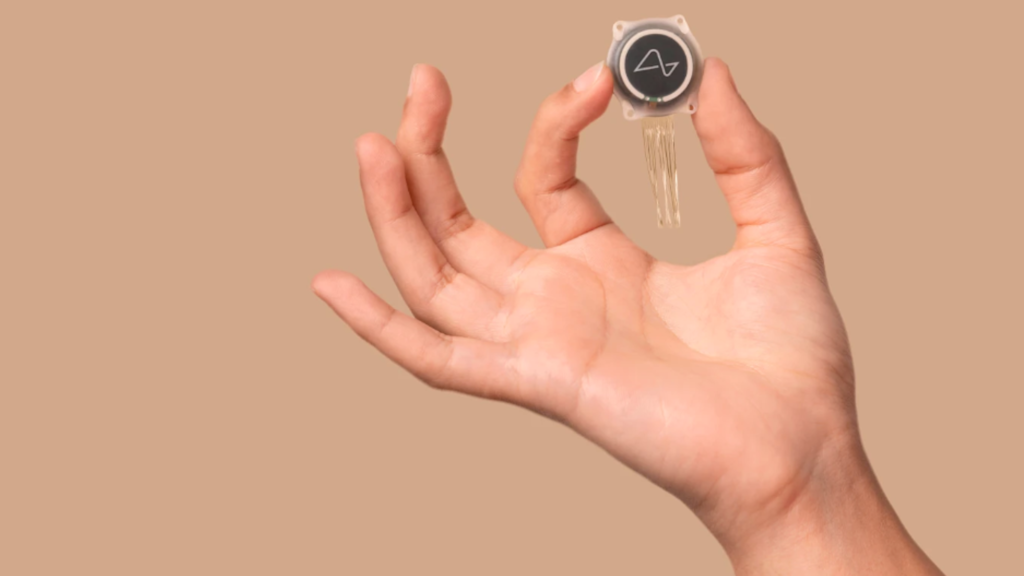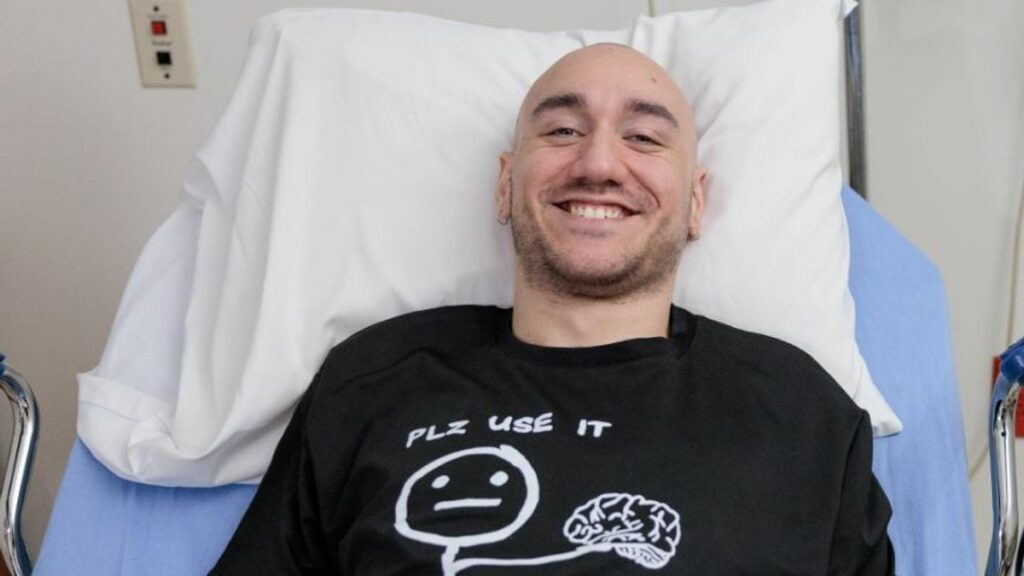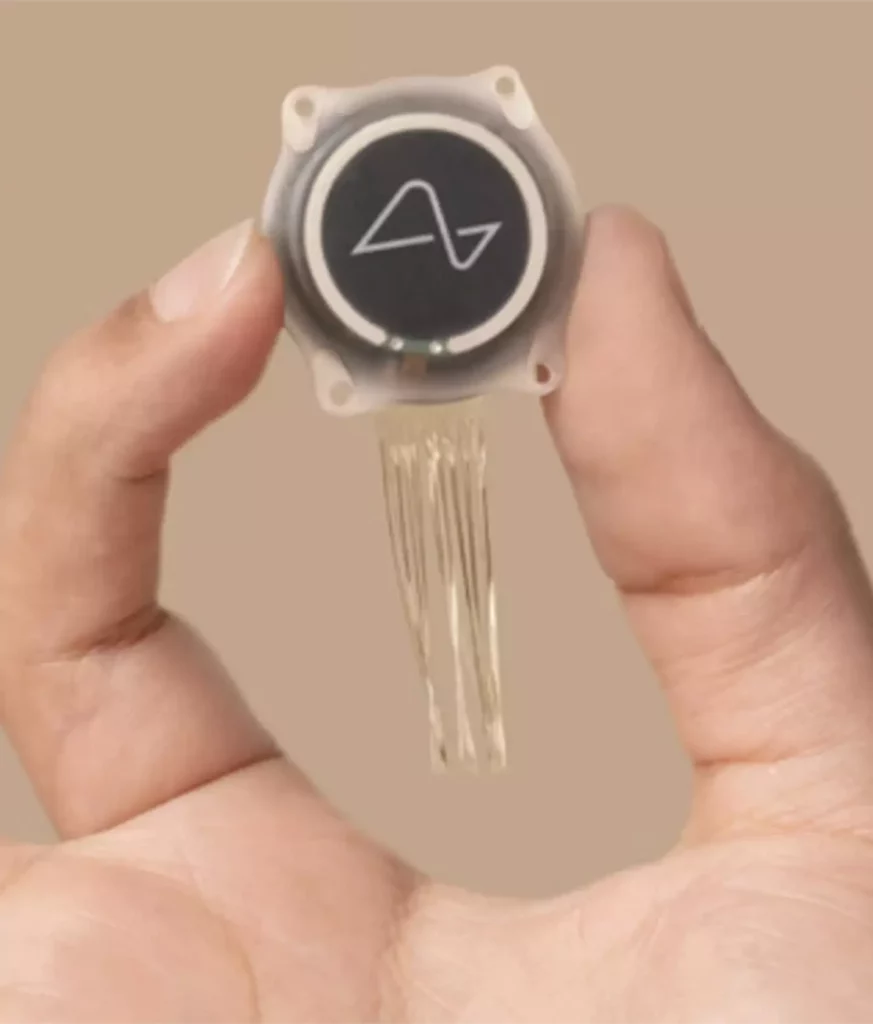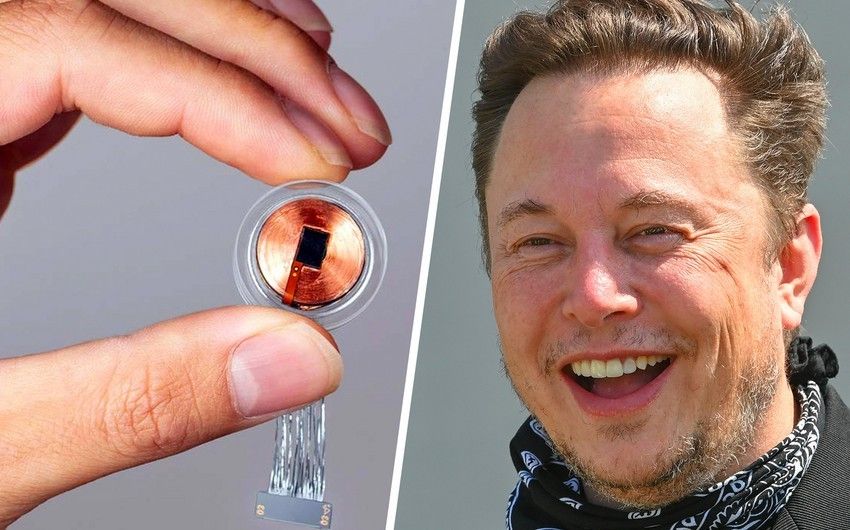The first patient of Elon Musk’s Neuralink technology stated that the implant had a minor setback.
Noland Arbaugh became the first human patient to receive an implantable brain-computer interface built by Neuralink, a firm co-founded by Musk.
The implant, which is about the size of a quarter, contains dozens of tiny electrodes that are inserted in the brain and work by relaying electrical signals from neurons, which are nerve cells that convey information throughout the body.
“Our brain-computer interface is fully implantable, cosmetically invisible, and designed to let you control a computer or mobile device anywhere you go,” Neuralink claims.
READ MORE: Human With Neuralink Brain Chip Finds Progress After Initial Malfunction, According To The Company

With Arbaugh paralyzed from the neck down as a result of a swimming accident over ten years ago, having a Neuralink device implanted into his brain has allowed him to resume pastimes such as gaming, with his brain able to control a cursor’s movements.
And the 29-year-old has subsequently opened up about his Neuralink experience, including what has gone well and what hasn’t.
In an interview with the Wall Street Journal earlier this week, Arbaugh claimed that ’85 percent’ of the device’s electrodes fell out of his brain sooner than Neuralink had expected.

The firm expected his brain to shift around his skull and then strike the electrodes, but Arbaugh claims his brain shifted three times as much as the company predicted.
To put this into context, the Neuralink implant has 64 microscopic threads, each of which contains 16 electrodes. This means that approximately 870 out of 1024 electrodes in Arbaugh’s implant stopped working properly, with the New York Times reporting that the problem occurred within several weeks of the device being implanted.
Neuralink confirmed the problem in an update issued on their website.
It stated that ‘in the weeks following the surgery, a number of threads retracted from the brain, resulting in a net decrease in the number of effective electrodes.

Fortunately, rather than needing to undergo surgery to replace the threads, which the scientists at Neuralink supposedly advised against anyway, the device was able to be modified so that Arbaugh could regain control of the cursor.
However, he had to acquire a new manner of clicking with it.
Neuralink added: “We modified the recording algorithm to be more sensitive to neural population signals, improved the techniques to translate these signals into cursor movements, and enhanced the user interface.”
And the’refinements’ resulted in a ‘rapid and persistent improvement in BPS’ that’superseded Noland’s original performance’.
Arbaugh adds that the minor setback does not detract from how’rewarding’ his experience with the implant has been and his excitement for the future.
He told the New York Times, “I want to show everyone how incredible this is.” […] I’m quite excited to keep continuing.
Radiant TV, offering to elevate your entertainment game! Movies, TV series, exclusive interviews, music, and more—download now on various devices, including iPhones, Androids, smart TVs, Apple TV, Fire Stick, and more.


